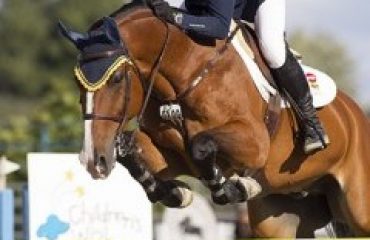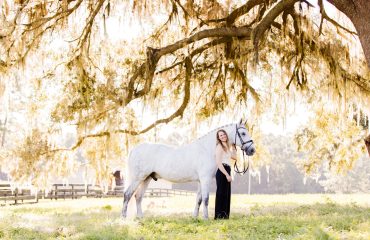
Margie Sugarman
Photo by Lauri Foster
By Margie Sugarman
Margie Sugarman is a leading board-certified psychotherapist and sports consultant based in New York. Margie’s desire is to enhance performance through the connection between the mind and body, and her current client list includes Olympic, professional and amateur athletes across the country. Her experience employing various therapeutic modalities has helped equestrians win classics, junior medals and Grand Prix. Do you have a question you want Margie to answer? Send questions to editor@sidelinesnews.com.
I recently recovered from a very bad horse-related injury. I love my horse; we get along very well. We’re like two peas in a pod! However, now that I fell off, I’m a bit hesitant to get back on and I’ve been experiencing some flashbacks. I’ve tried to be around my horse and feed her but when it comes time to actually ride, my feet feel like they’re glued to the ground. My mind tells me it’s okay to ride yet my body doesn’t agree. Is there a way to get my mind and body to become in sync and ease my way back into riding?
- Anthony, 19
There are a few techniques that you can use to help change your focus and ease your way back into riding: Relaxation & Visualization; EMDR (Eye Movement Desensitization/Reprocessing); and Visual Reinforcement.
Relaxation & Visualization involves learning how to relax both your mind and body. Learning this technique requires working with a professional who can teach the specifics of guided relaxation. They’re used to relieve stress and anxiety, improve self-esteem, feel fantastic in mind, body and spirit and develop a positive mental attitude. This approach includes lowering one’s brain state to that of calmness and receptiveness. In doing so, there’s a mind/body connection that occurs that allows the individual to ultimately visualize, reframe and alleviate negative thoughts and responses to stressors. Although learning these techniques might take some time, their impact can truly help to alleviate stressors that were previously crippling to the individual.
The Relaxation & Visualization technique is not to be confused with what’s seen on stage as hypnosis. Progressive relaxation is something that naturally happens to all of us, every night, as we go through the brain stages of wakefulness to sleep. In a situation such as the one described, the goal is to help the rider relax, ultimately visualize riding comfortably again (this might take a few sessions) and be able to do whatever you choose to do with your horse while feeling calm and confident.
Eye Movement Desensitization/Reprocessing (EMDR) is another approach that can prove useful in situations like this where there has been trauma. EMDR is a therapeutic approach that accesses and reprocesses traumatic memories and brings them to an adaptive resolution. After successful treatment, stress is relieved and negative beliefs are reformulated along with reduction in physiological arousal. New thoughts are formed between the traumatic memory and more adaptive information. This is somewhat similar to Relaxation & Visualization. However, EMDR must be performed by a trained professional.
The last technique that can be useful is Visual Reinforcement. Visual Reinforcement (in this specific situation) refers to watching videos of you riding and doing the things that are presently problematic. It can be used to help re-imprint (on the unconscious mind) success where there is presently fear. Again, this is a technique where professional intervention is helpful to initially process and ultimately override the negative memory.
Remember: You haven’t lost the physical ability to ride and enjoy your horse … your mind is the culprit. These are some suggested techniques to help clear out the negative thoughts and return to doing what you love.













